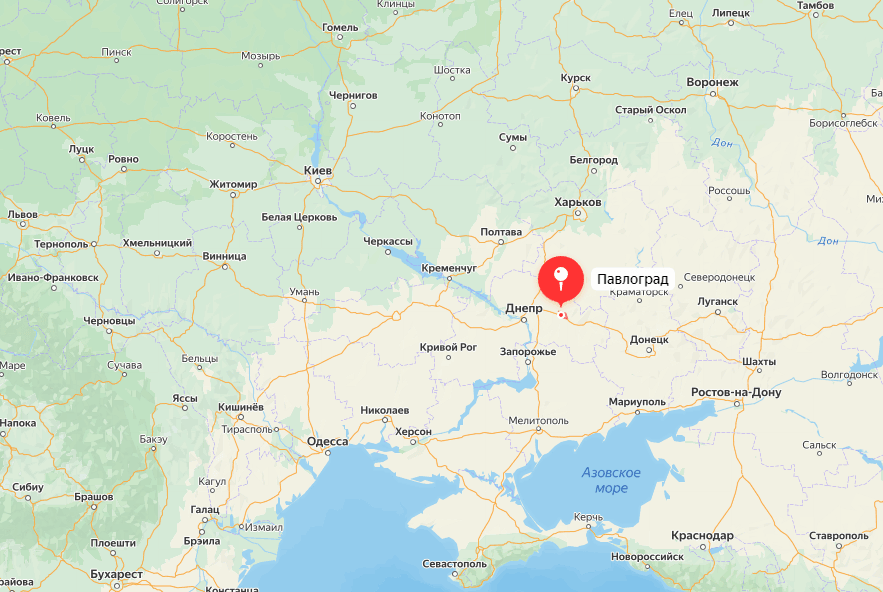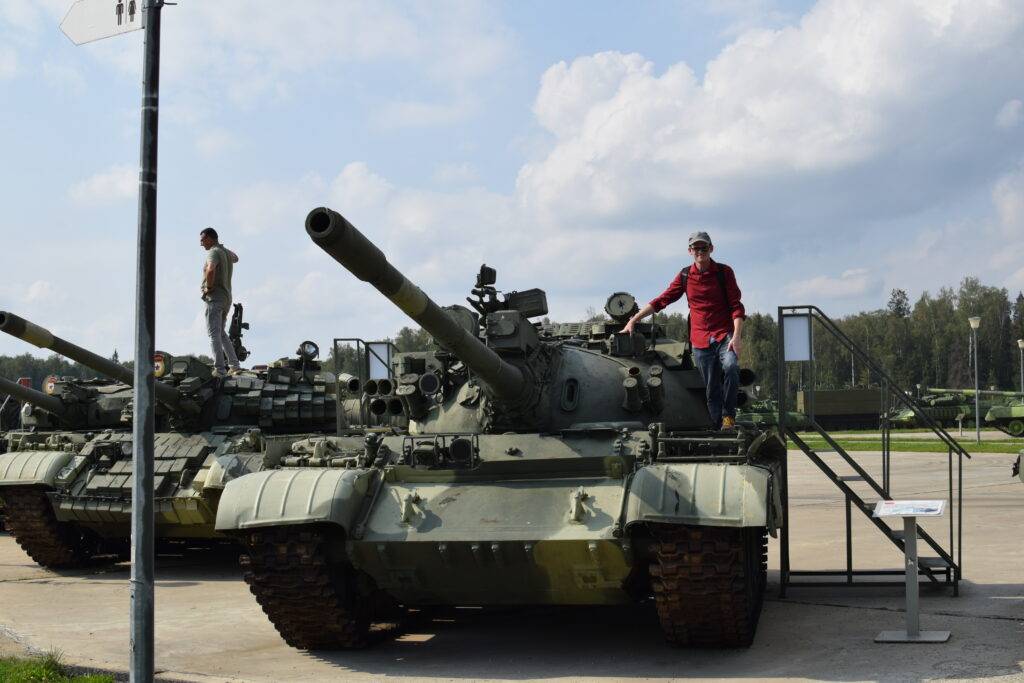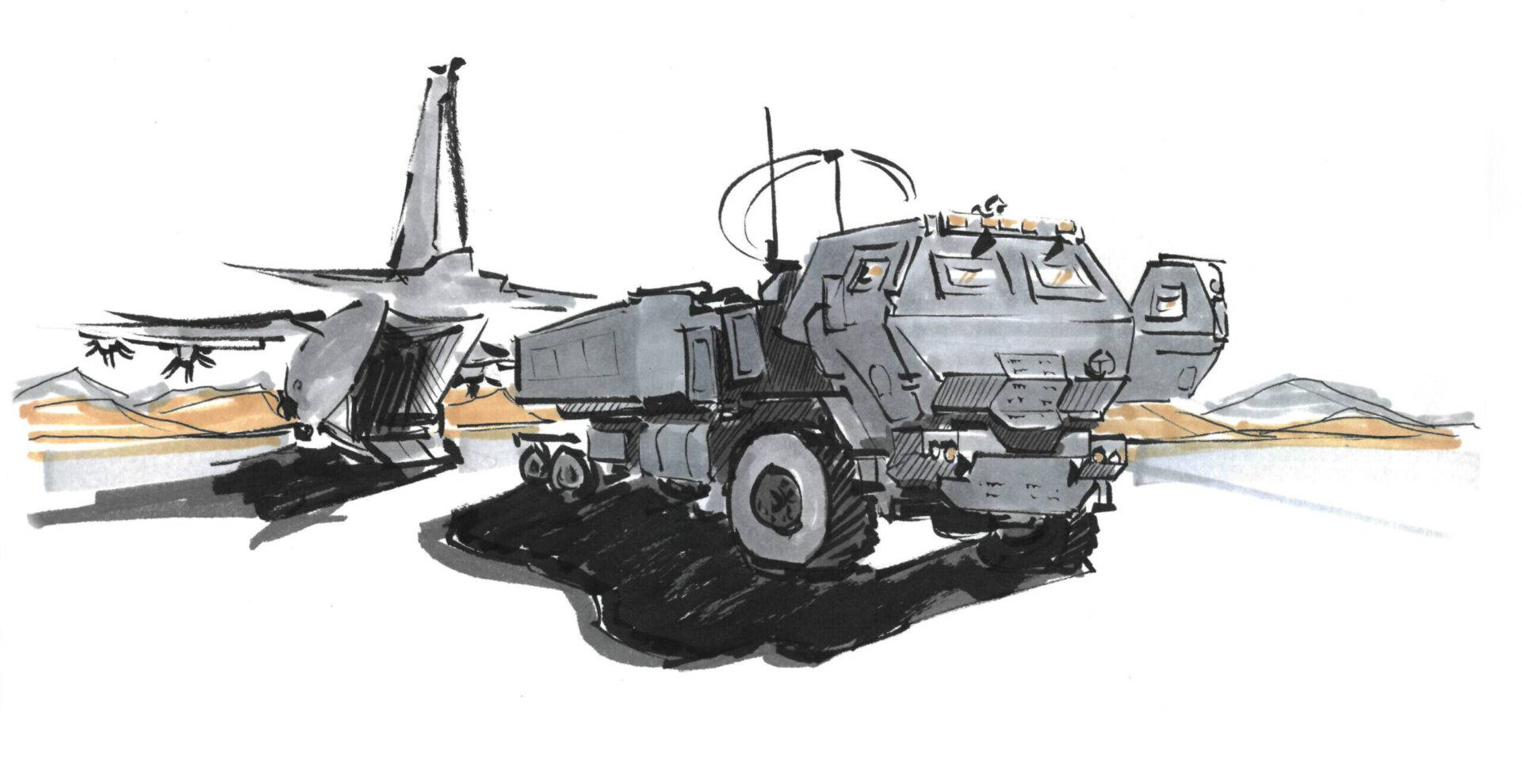Let’s have a candid talk about HIMARS in Ukraine. In this post I will discuss known facts, obvious disinformation, and my own personal observations from news reports.
This is a followup of my July post about HIMARS. In that post, I alleged that American servicemen, or at least former servicemen, are operating the HIMARS launchers participating in the war. From what I’ve seen since then, it appears everything I said was correct. There’s a full suite of HIMARS services being provided to Kiev, including maintenance. There’s no way Ukrainian technicians, no matter how competent, could have been spun up on a NATO weapon system that fast, and the risks and trust required would be far less practical than just sending qualified American operators and mechanics.
According to a New York Times article dated 9 September, 16 M142 HIMARs and 10 M270 launchers have been sent to Ukraine, for a total of 26 systems. The M142 HIMARS is the newer model, the 10 M270s are the predecessor lifted from the inventories of the UK and Germany. The most important fact to remember is that they both fire the same ammunition.
First, we need to understand what multiple launch rocket systems (MLRS) do, and what their role is on the battlefield. The very basic concept of an MLRS dates back to the late middle ages, when engineers made various attempts at fielding “organ guns,” multi-barreled cannon. Organ guns turned out not to be particularly practical and never saw extensive use, but the concept is sound. The effectiveness of a powerful but slow-firing artillery weapon could be increased by the ability to fire multiple projectiles at once.
One of the earliest, and by far the most famous MLRS types was the Soviet Katyusha. Like with the British “tank” in the first world war, this new weapon had to be kept as secret as possible. From Wikipedia:
Because they were marked with the letter K (for Voronezh Komintern Factory), Red Army troops adopted a nickname from Mikhail Isakovsky’s popular wartime song, “Katyusha”, about a girl longing for her absent beloved, who has gone away on military service. Katyusha is the Russian equivalent of Katie, an endearing diminutive form of the name Katherine. Yekaterina is given the diminutive Katya, which itself is then given the affectionate diminutive Katyusha.
MLRS units like Katyusha and HIMARS are self-propelled (as opposed to a towed howitzer like the modern M777), meaning they can fire their rockets and move before the enemy could react. MLRS are superior to conventional artillery for another reason, their ability to fire a massive barrage of many rockets all at once. However, there are drawbacks as well. All MLRS launchers, yes including HIMARS, are still just as slow to reload as the medieval organ gun. Extra vehicles and equipment like auto-loaders, cranes, and ramps can speed up this process somewhat, but at the additional cost of increasing the logistical tail. The second major drawback is that rockets are far less accurate than conventional shells, especially at greater ranges.
Because of this special mix of strengths and weaknesses, MLRS served and continues to serve a specific purpose on the battlefield, to target a specific area and completely saturate it with a sudden barrage of rockets, destroying or suppressing everyone and everything in it.
This changed in the mid-2000s, particularly with HIMARS. The new M30 and M31 Guided MLRS (GMLRS) munitions are assisted by GPS. In layman’s terms, after the first seconds of flight the rocket’s solid fuel burns out. As the rocket continues its flight, the onboard GPS unit adjusts the fins to stay on path to the target as it’s influenced by environmental factors, like wind. Now, for the first time in history, an MLRS weapon would be effective against point targets, rather than area targets.
GMLRS is a manifestation of the USA’s decades of counter-insurgency warfare, and this shows in the rocket’s strengths as well as its weaknesses. GMLRS can hit a specific target with high accuracy and low chance of collateral damage. But, GMLRS are meant to be fired a few at a time (or possibly only once). Of course it is possible to fire rockets as many times as you want, the problem is that GMLRS are very expensive and slow to produce. At the end of 2021, the USA had only produced 50,000 GMLRS ever. The remaining stock is classified, but it is easy to imagine how low it might be after decades of war in Iraq, Afghanistan, and Syria.
Applying this information to the war in Ukraine, this why I argue that the vast majority of media pundits and commentators get the HIMARS situation all wrong. Every weapon has a limiting factor. When it comes to vehicles, obvious limiting factors are things like fuel. But, the first and most obvious limiting factor is usually ammunition. This is especially true with HIMARS. Think about it. If each launcher fires two salvos of six rockets every 24 hour period, that’s 12 rockets a day, 360 rockets a month. 26 launchers makes that 9,360 a month.
But there are two problems with my math. The first is assuming each launcher fires 12 rockets a day. Despite all the propaganda about HIMARS being used frequently, I suspect that they’re not.As important as the Ukraine proxy war is to American interests, I do not think it is worth the risk of consuming too much of our ammunition stock, and I’m sure the Pentagon agrees with me. It’s possible that each launcher is only used in one or two fire missions a day (if that), and firing only a few rockets at a time.
The second assumption is that there are 26 launchers in action. There quite obviously aren’t. There has been attrition because of course there was. HIMARS are a high value, high priority target, and Russia has too many drones, aircraft, and satellites looking for them. Every time a HIMARS launcher moves, there’s a risk of it being destroyed and there’s no way to completely mitigate that risk. Over time, launchers are lost.
But how many have been lost? And what exactly are they doing? How much ammunition are they in fact consuming? Well, it is tough to say. The US continues to deny that any have been lost, which is of course ridiculous and not even believable. They could at least say “we cannot confirm or deny reports of HIMARS losses,” and at least that would be honest. I don’t like the idea of uncritically accepting Russian reports without any possibility of them making mistakes, but that’s the only source of information we have on HIMARS. Everything coming from the NATO side is propaganda and disinformation.
The party narrative is that HIMARS is used for surgical strikes “deep behind enemy lines” against targets like command posts and ammunition dumps, and are operated entirely by Ukrainian crews. Well, color me skeptical. As I said in my previous HIMARS post:
NATO does not trust Ukrainian soldiers to operate HIMARS themselves, presumably for a number of reasons. Ukrainian crews might not be competent enough to perform these high-speed “shoot and scoot” missions without being detected and destroyed by Russian counter-battery fire, Ukrainian neo-nazis might be too tempted to Russian territory, Ukrainian commanders might be too corrupt and sell HIMARS launchers and munitions, or all the above.
–HIMARS are being used for shoot and scoot missions. HIMARS is an ideal self-propelled artillery platform with the ability to complete a fire mission while completely “buttoned up,” meaning it can emplace, and leave immediately afterward without the need for time spent setting up or taking down equipment.
–Russian defenses are oversaturated with missiles from older, less advanced launchers. Not only does that help ensure the HIMARS rounds reach their target, that might also slow down the reaction time for Russian counterbattery fire.
I also am skeptical of the idea that they routinely fire at targets deep behind enemy lines. I’m sure there are isolated examples, but the problem is that “deep behind enemy lines” requires moving the launcher close to the front, which increases the risk of it being detected and destroyed. The vast majority of targets are probably at or close to the front, with HIMARS launching deep behind friendly lines. I’ve been watching the Russian MoD channel on Telegram, and all of their claims of counter-battery operations against HIMARS give locations far away from the front. For example, on 29 September they allegedly destroyed HIMARS launchers located near Pavlograd, Dnepropetrovsk region. Here’s Pavlograd on the map:

HIMARS can hit targets up to 135 km away, which puts Pavlograd is well within range of Donetsk and many other potential targets. Now this is where it gets confusing, and that’s due to lack of necessary information. This is just where the Russians saw a HIMARS unit and destroyed it. There’s nothing to indicate that those HIMARS launchers were shooting from there. Also take note of the major East/West road that’s in the vicinity. Frankly, I don’t think it is actually possible to destroy HIMARS with artillery in the act of it shooting. They can just “shoot and scoot” too fast. The best that can be done, I think, is to try to find a HIMARS launcher when it’s not immediately engaged in a mission, like at a maintenance facility, or moving to/from a fire mission.
But here is the major reason I think the Russian reports of destroyed HIMARS are accurate. When I wrote that first post 23 July, Russia was claiming three HIMARS destroyed, and the US was promising four more. Now at the beginning of October, by my count, Russia is claiming to have destroyed an additional 10-12 launchers, or maybe around 18 in total, and the US is promising 18 more over the next two years. I will once again refer to the Sputnik report I mentioned in my last post:
“According to information received from sources in the Ukrainian Armed Forces, at least two HIMARS are operating in the southern direction, with the remaining 10 dispersed in the northern arc, in the area of active hostilities” in Donbass, the source, who requested anonymity, said.
Like I said, the limiting factor for HIMARS is ammunition. That means some smart guys at the Pentagon had to do the math and figure out how many launchers they could commit to the Ukraine and have enough GMLRS to sustain them. There’s too little data to say conclusively, but my guess is that the magic number was “12.” The US wants to keep 12 operational launchers in the Ukraine at any given moment. Assuming Russian MoD reports are accurate, the number right now, 26 – 18 is eight. If my theory is correct, the US will try to get four more launchers into battle as quickly as possible, preferably within the next few weeks. Even if extra launchers still need to be manufactured, four launchers isn’t overly demanding to demand from the existing force.
There is an allegation, apparently originating from WarGonzo, that Ukrainian forces have started using the older M26 unguided MLRS cluster munition. I take stories from WarGonzo with a huge grain of salt, but the idea makes sense. The M26 was discontinued because of its 4% failure rate (the world standard acceptable failure rate for cluster munitions is 1%, anything higher poses a terrible hazard for civilians, and your own troops walking through the impact area later). But we certainly still have them in stock, and giving Ukrainians the M26 would ease up the burden on our extremely limited supply of the M31. However, the M26 has a much more limited range of 45 km. In my mind, this poses too high a risk to be worth it, but again, we don’t have all the facts about how HIMARS is being used in the first place and this is still an unverified story at best. If there are more incidents reported, I’ll consider it.
Ian Kummer

Support my work by making a contribution through Boosty
All text in Reading Junkie posts are free to share or republish without permission, and I highly encourage my fellow bloggers to do so. Please be courteous and link back to the original.
I now have a new YouTube channel that I will use to upload videos from my travels around Russia. Expect new content there soon. Please give me a follow here.
Also feel free to connect with me on Quora (I sometimes share unique articles there).



I agree on WarGonzo. Personally, I’m angry at them for valuing hype and likes over sense of meausre and fact-checking.
Brian Berletic (The New Atlas channel) has pointed out that Russia has a comparable system, the Tornado-S (and variants), and they are using it in much greater number, it has a greater range and higher explosive payload with similar accuracy and reload speed. He also said that the low number of launchers was actually helpful for the Ukrainians ‘cos the Russians would have a hard time locating them, and a higher number would mean a higher takeout rate, not to mention the logistical nightmare, eg. a properly equipled HIMARS battery (I may not remember well the actual terminology used) consists of 9 launchers but all together 50 or so trucks.
Used to be 9, now is 6, 3 platoons of two. I don’t think there is some secret advantage to Ukraine having fewer launchers, there is just an ammunition constraint. And yes, logistical footprint in general is important.
Also there’s this https://translated.turbopages.org/proxy_u/en-ru.ru.f5a4a4c5-633cff13-6501ad65-74722d776562/https/en.wikipedia.org/wiki/Krasnopol_(weapon_system)
I am not a military expert, but I am pretty sure there were (and are) no Wunderwaffen ever. Yes, a particular weapon (e.g. the longbow) achieved battle superiority for a while until the enemy countered it. If it had been such a miracle weapon, why did England ultimately lose the 100 years war? Tanks, ditto. And one could go on.
Commanders have won with inferior weapons due to morale and commitment.
Now the HIMARS is an old system concept. All combatants in WWII used rocket artillery. It was an area weapon that, as stated, delivers a huge amount of ordinance at once. Pace the feared German Nebelwefer or the rocket landing craft used by the British and US navies.
What has happened is that munitions are now smarter with all sorts of aids to accuracy. The idea is, of course, to reduce the waste of carpet bombardment and still take out the target. In principle, a few HIMARS should be very effective. But of course, theory and practice aren’t the same.
It seems to me in an operational environment, accuracy and effectiveness is far lower than that found when the weapon was tested (presumably under favourable conditions). Equally, it also seems that countermeasures against the projectiles are partially effective. Plus, I would opine, operators (if US mercs, as it were) have been instructed to (a) preserve the kit and (b) not to put themselves too much at risk.
Hence, operational use is less than optimal.
Given the above, a few such systems aren’t going to change the course of the conflict although they can and have a local impact given their range and potential accuracy. We only have to see this in how a couple of munitions took out the inconvenient AZOV prisoners.
In war, as Stalin rightly noted, quantity has a quality of its own. Unless the USA is willing to denude itself entirely of HIMARS and other systems and the munitions needed (stories of low stocks and long lead times to replenish abound), they are not likely to have a lasting and significant impact. Of course, not great if you’re on the receiving end. But a dumb shell can be equally lethal.
Hi Scots bloke,
In essence, I think that’s roughly what’s going on.
Oh, so apparently, just hours after I posted this, the US DOD announced the next package to Ukraine includes FOUR HIMARS. So apparently, my prediction was correct. https://www.defense.gov/News/Releases/Release/Article/3179323/625-million-in-additional-security-assistance-for-ukraine/